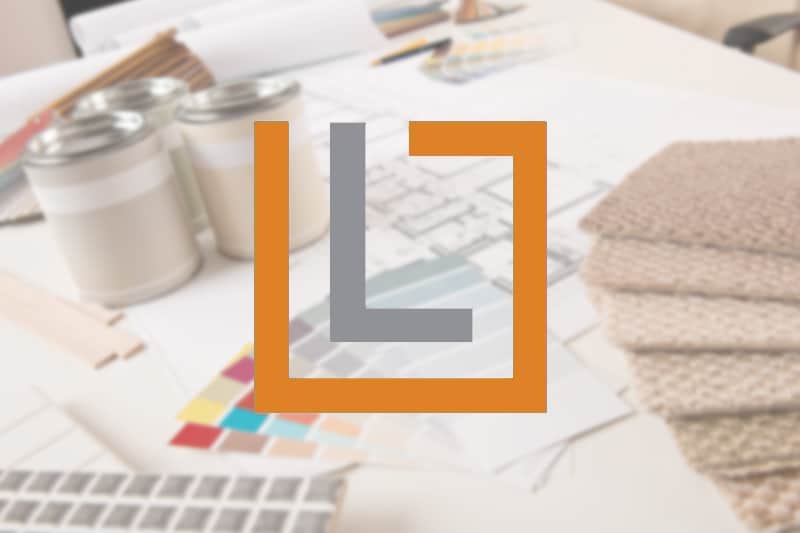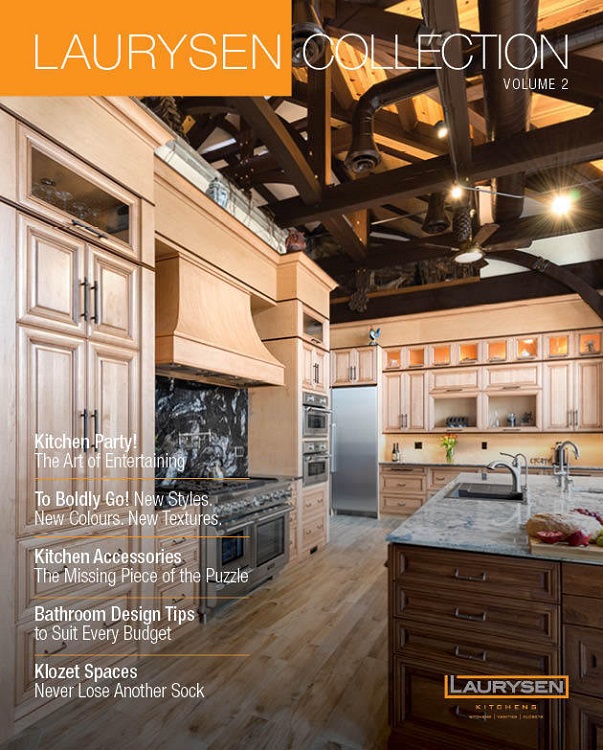Here in Canada, our kitchens are often the centre of the home, whether we’re relaxing with family or entertaining guests. There’s something about sharing food in a warm, inviting space that brings people together and strengthens emotional ties. How many times have you hosted a party and found that everyone seems to gravitate to the kitchen?
This is one of the big reasons why kitchen renovations are one of the most popular choices for renovation projects. They also provide great ROI if you ever sell your house, as a spacious, functional and beautiful kitchen is one of the spaces potential buyers look at first. While you live in the home, they are an exciting opportunity to improve not only how a space in your home functions, but your lifestyle as well.
The key is to a successful kitchen renovation is to incorporate the right design elements. We’ve recently covered some fundamentals of kitchen design, as well as guides to choosing the right kitchen countertops, sinks, and faucets. For this post, let’s turn our gaze downwards and consider what’s going to be holding it all up: your kitchen floor.
Things to Think About When Choosing Kitchen Flooring
When choosing a new kitchen floor, as with all design decision making, you have to think about how you use the space and let that guide your choices. You want to make sure that your new floor is up to the kind of life it’s going to lead.
Unlike our bathroom floors, we spend a lot of time standing and walking on our kitchen floors, and it’s essential to factor that in when making your selection. We stand and chop when we prepare our meals, and we do a lot of walking between the kitchen, sink and stove. When we entertain in our kitchens, there’s always someone standing, plate and drink in hand. In other words, a floor not only has to look good, the comfort factor has to be considered as well.
Kitchen floors are also prone to spills and messes as well, and they need to be easy to clean. If you love to prepare fried foods, floors can get extra messy if oil spatters.
The Floor Beneath the Floor
If you want to upgrade your floor, an invisible factor that can influence the cost of the project is what lies beneath the flooring that you see.
Often called the “subfloor” this is the support structure beneath the flooring that sits right on top of the joists. Something many homeowners don’t know is that how level and how well constructed the subfloor is can impact your flooring options.
Kitchen Flooring Options: Their Pros and Cons
Ceramic, Porcelain, and Natural Stone Tile Flooring
Tile is extremely popular because of its durability, its ease of maintenance and especially the incredible range of design options out there that can suit every décor. For this reason, it’s accessible for a variety of budget levels. Most spills can be easily cleaned up. The grout may get grimy, but can be cleaned from time to time and be made to look like new.
Porcelain tile can be made to look like natural stone, and is actually stronger than ceramic. Natural stone tiles vary in strength, and tend to be more expensive. Stone needs to be resealed periodically, and of course contains natural variations.
Tile requires a perfectly level subfloor, however, and is a real chore to install. If your home shifts slightly over time a tile floor can crack (if you’re lucky it will crack on a grout line, but cracks can form right through tiles as well). The subfloor needs to be not only level, but reasonably sturdy as well, as the tile is a heavy option. Tile can also chip if something heavy is dropped on it. Some ceramic tiles are prone to wear and tear.
Because tile tends to be cold to the touch, even in summer, I strongly recommend you have radiant heating built in. While this will increase the cost, I promise you will regret it if you don’t.
Tile can be very hard to stand on for long periods of time. People who spend a lot of time cooking and especially joint or back issues may want to consider another option, or invest in a silicone mat at their main work station.
Hardwood Flooring
Hardwood floors are a true classic, and go with a lot of different kitchen styles. It’s hard to go wrong with hardwood, as it’s not something that will go out of fashion. Good hardwood will last for the lifetime of your home, and can be sanded and re-stained if you find the colour doesn’t work a few years down the road. Small scratches can be sanded out, and larger ones filled. It’s also much easier to stand on than tile, concrete, or stone.
Hardwood floors require a reasonably consistent humidity level to prevent warping over the long term. If it’s engineered hardwood (consisting of multiple thin layers of wood glued together) this is not always the case. Hardwood also requires a certain amount of maintenance: crumbs and dirt can collect between the planks, and it needs to be resealed every few years. Serious spills can be a major problem, and can require pulling and replacing of planks if the liquid gets soaked in (and is something that can really stain, like red wine).
Installation difficulty can vary. Some types of engineered hardwood are designed to click in to place, but full hardwood that’s one solid plank usually needs to be nailed in place, again, to prevent warping.
Laminate Flooring
Laminate is very versatile: it can be made to look like wood, ceramic or even stone. It is fairly easy to install, and some varieties can just click into place on a reasonably level subfloor.
Laminate varies in durability as well, and some can be incredibly tough – make sure you buy a good quality laminate that can withstand most scratches. This means that the price of laminate has a large range as well, but it is more affordable than wood or a lot of tiles.
One of the main drawbacks of laminate flooring is that it doesn’t always wear well in high-traffic areas (again this will vary depending on the quality you buy). If you tend to splash, be aware that laminate does not respond well to damp conditions.
Cork Flooring
Cork flooring is an option that some people are choosing for its natural bounciness and earthy look. It’s a very eco-friendly choice, as it is made of cork tree bark. It is harvested from the tree, which then regrows new bark over the following 10 – 15 years.
It is available in boards or tiles, and with different stains and finishes. When properly sealed, it resists any dampness reasonably well, and is more or less as durable as wood.
The only real downsides to cork are that it’s about as expensive as wood, and in terms of look it has less versatility than some other options.
Vinyl Flooring
Vinyl flooring has come a long way in the past few decades, but it’s still one of the easiest types of flooring to install, the easiest to clean, and the most affordable options. It’s available in sheets or tiles of varying thicknesses and toughness.
Sheet vinyl flooring does not require a level subfloor – it just rolls out over what’s there like carpet. Vinyl tiles require a bit more evenness from a subfloor, so it’s best to check with the sales person what your particular choice needs.
Vinyl flooring has a key down side, however: it’s vulnerable to scratches and tears. If you’re prone to dropping kitchen tools you may want to go for something else. It’s not the most chic option, but if you’re on a budget, a keen eye can help you come up with a style that complements your look.
As always, before you invest your money, try before you buy. Borrow a sample and take it home, and see how it will work with the other materials you’re considering for your renovation. If you’re concerned about durability, you can purchase a sample to keep and subject it to any kind of punishment you think necessary.
It can be challenging to weigh the options and make the right decision. A new kitchen renovation will need to last you the next 15-20 years, so why not get an expert opinion? The talented interior design experts at Laurysen will give you the benefit of their many years of working with clients of all kinds.

